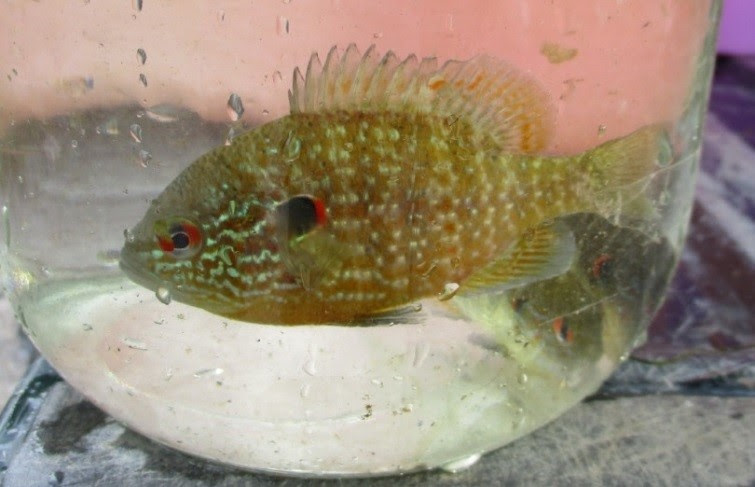Vermont’s Snakes Are on the Move
![]()
Help biologists document them by reporting a sighting
Fall marks the time when Vermont’s snakes may travel long distances to return to their den sites for the winter. The Vermont Fish & Wildlife Department is asking people to keep an eye out for snakes while driving to avoid running them over and also to report any snake they see while out and about. These sightings will help to document the distribution of different snake species in Vermont.
According to Jim Andrews, coordinator of the Vermont Reptile and Amphibian Atlas, roads can be great places to find snakes in the fall, but they can also be deadly for the reptiles.
“To a snake, a road is essentially a warm and sunny ledge that serves as a perfect place to bask and raise its body temperature,” said Andrews, who is collaborating with the Department to document and conserve snakes in Vermont. “Sadly, this often results in a fatal encounter with a car. We’re asking people to please try to avoid hitting them on the road whenever safely possible.”
Wildlife biologist Doug Blodgett works to conserve snakes for the Vermont Fish & Wildlife Department. According to Blodgett, snakes provide important services to people like eating disease-carrying rodents and garden pests. He believes that while some people may fear snakes, the creatures are too often misunderstood.
“Vermont’s snakes are generally harmless. Even timber rattlesnakes, which live only in isolated pockets of western Rutland County, are extremely shy and nearly always try to hide or avoid an encounter with people,” said Blodgett. “Despite their low profile, snakes are extremely important animals in the ecosystem.”
Blodgett and Andrews are asking the public to help efforts to conserve snakes by submitting sightings that document where different species are found. Citizen reports will also be useful in indicating where important road crossings exist so that appropriate road crossing structures can be considered. These sightings might also raise early warning signs, such as if species seem to be absent where they used to be common, or other trends that indicate when additional conservation action may be needed.
“Our knowledge of the current range of snakes is largely dependent on photos provided by citizens who happen to find them during their day-to-day activities outdoors,” said Andrews. “Keep your eyes open this fall and, if you do encounter a snake on the road or anywhere else, please snap a photo and send us a report.”
To send a report, go to vtherpatlas.org, or email Andrews directly at jandrews@middlebury.edu.


.jpg?w=625)